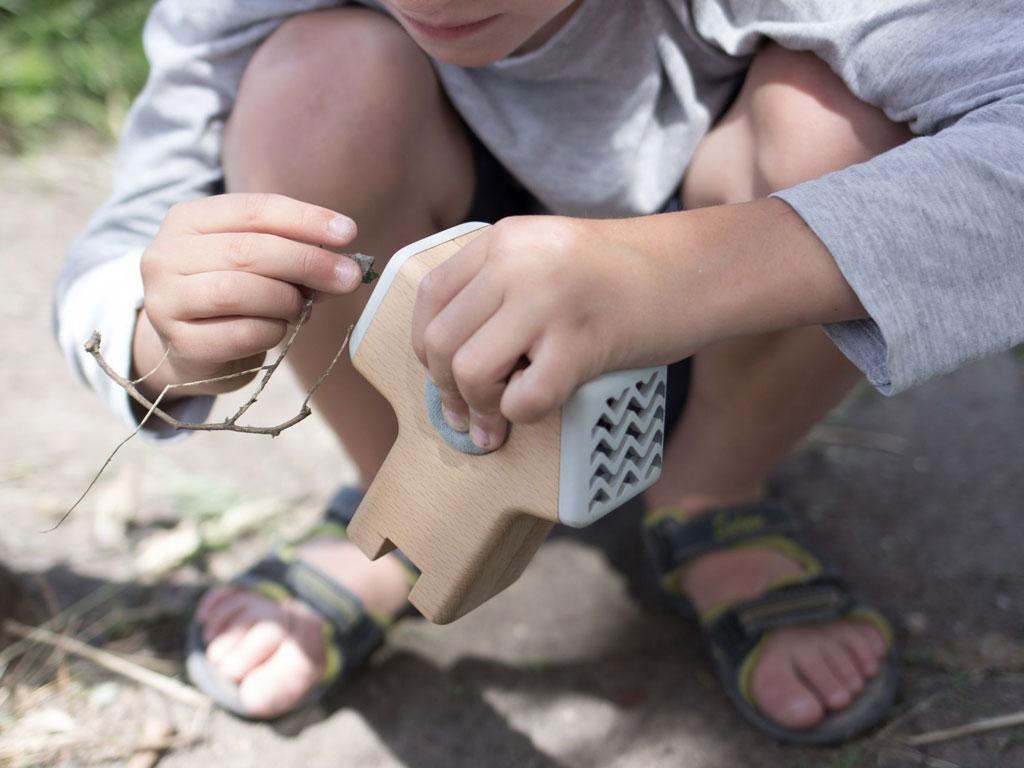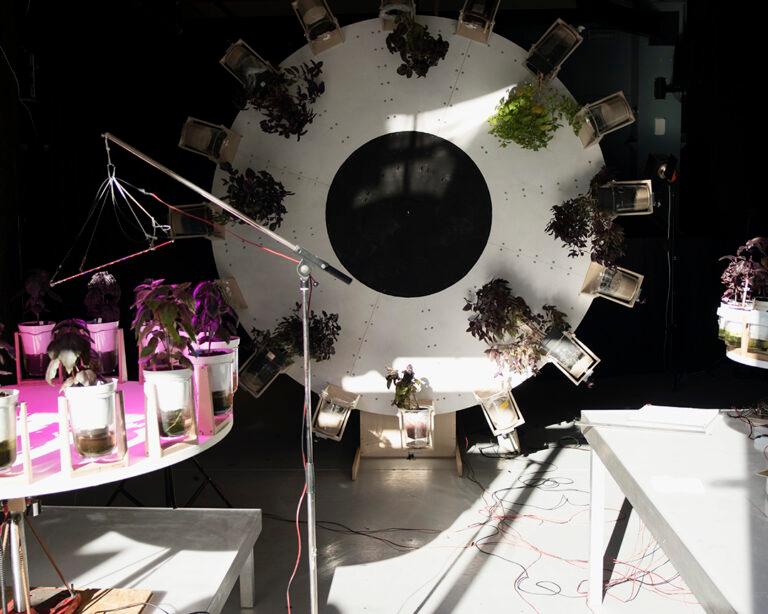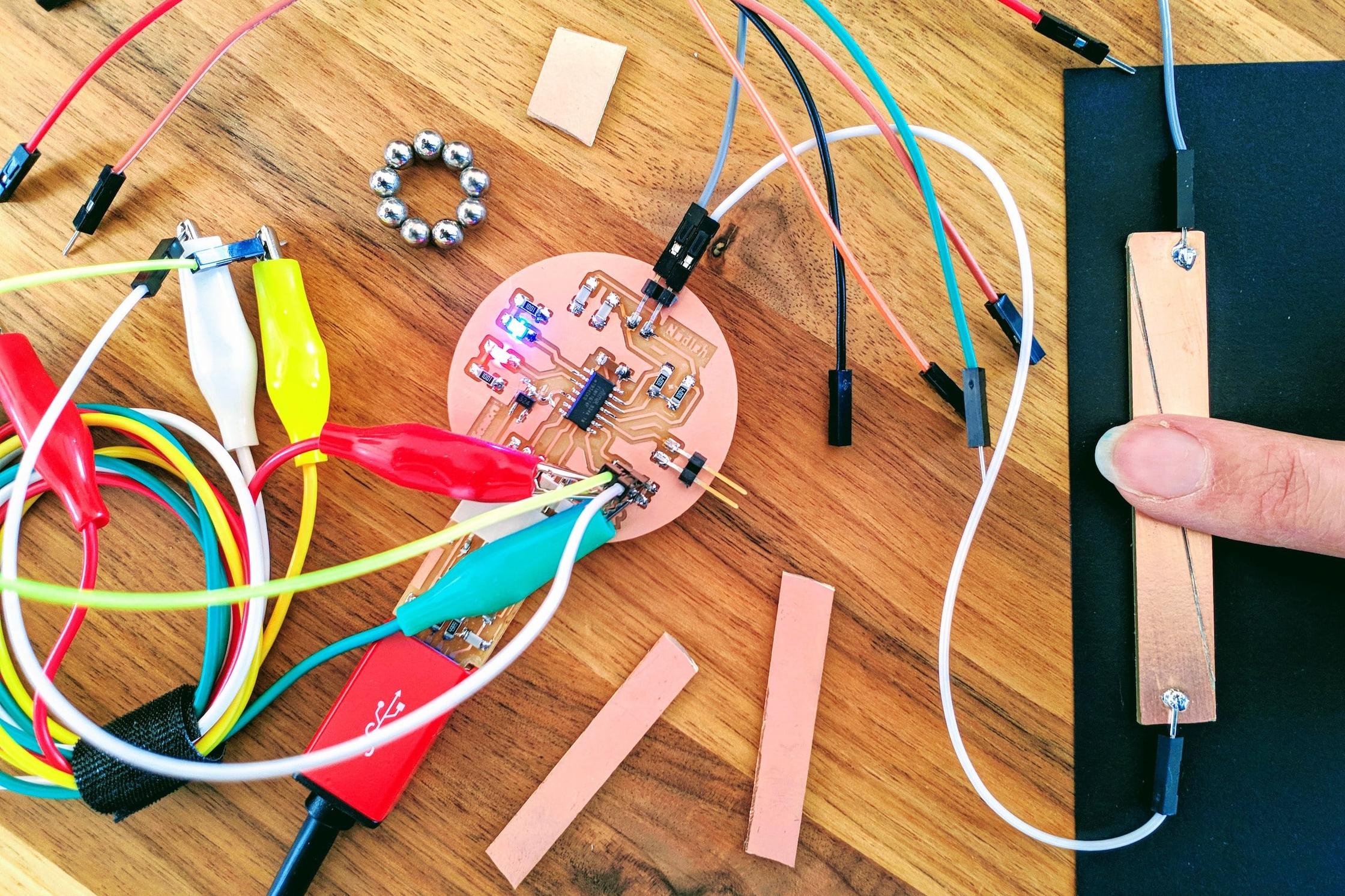What started from a very personal interest in small wooden playthings, evolved to become a quest to find the right bend between wood and digital technology. Recent TU/e graduate Ismael Velo Feijo explains his graduation project MISC. Magic Toys.
“What if there could be something that mixes the charm of wooden toys with the enchantment of the interactive ones in the context of special education?”
MISC. Magic Toys is a duo of wooden playthings with a hidden magic behaviour. A pair of captivating, responsive companions that empower exploration through a series of hand gestures necessary to bring them to life. The shape of the objects suggest a particular form of interaction while keeping the toys flexible and playable in a variety of ways. Dare to squeeze its mushy jowls and you will be rewarded with a breeze of wind. Tickle the toy’s metallic “belly bottoms” and it will purr like a cheery cat. Providing the children with rich sensory feedback as a result of their interaction, MISC. Magic Toys are meant to engage them in the holistic occupation that play is, creating “eureka” moments that seem magic to them.

The toys were developed in collaboration with Waag and Stichting ORION, fully made in Fablab Amsterdam for children with learning and other associated disabilities, 4 to 7 years old. The screenless interactive toys are tangible user interfaces that serve both as inputs and outputs, with no computers or devices involved in order to prioritise tactile, multi-sensory exploration of the play objects. The sensory integration, the acquisition of new fine motor skills, the spacial and social discovery as well as the boosting of fantastic and symbolic play are some of the “therapeutic gains” that can result from this play. The materiality of wood in combination with technology, for its part, does not only ensure the sturdiness of the toy, but sets the physical framework for a calm, focused and sensory stimulating play.
What started from a very personal interest in small wooden playthings, evolved as to become a quest to find (and argue in favour of) the right bend between wood and digital technology. My intention during the project wasn’t, however, to immerse myself in the discussion of whether technological toys are better or worse for children’s imagination and development. Neither to argue in favour or against the role that smart toys have in making children smarter. What I have been arguing during the development of this project is that there is very little offer between the low-tech reality of simple wooden toys and the high-tech, often screen based reality of digital ones. The middle ground is mostly held by plastic, beeping and blinking play objects (“little casinos”). Not much has been made with the intention of combining the good old values with the digital oriented ones, and the desire of parents wishing to see more toys that “mix the charm of wooden toys with the enchantment of interactive ones” seemed to confirm it. But is that really true?

The digitally connected physical toys are a trend that more and more players in the design industry are following. From Frog design Yibu, a set of toys embedded with sensing technology that bridge the physical with the screen based play; to the Avaikai doll, a statement on how 21st century play can be screenless... but still full of sensors. But they are not so numerous or available yet, and they all focus on the connectivity aspect; which means that there is probably plenty of room for designers to continue exploring these opportunities and develop solutions that the market (and specially millennial parents) is craving for.
Beyond the question of technology (everyone agrees by now that having kids less time “parked” in front of the screen is important), it looks clear to me that certain aspects need to change (or adapt) in the toy landscape to match some realities. People’s wish for buying fewer but better things is patent nowadays and it also affects toys, urging for a more responsible use of materials that do not only feel good to the kid but look good in the house, as well as for the choice of simpler and more minimalist aesthetics that bring back the timelessness and intergenerational aspect of the good old toys.


